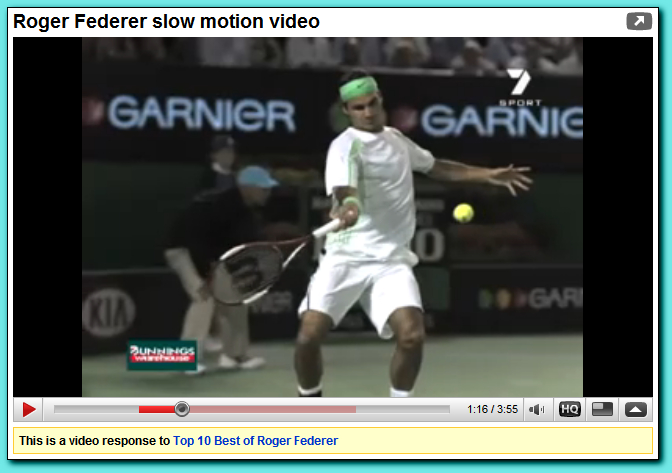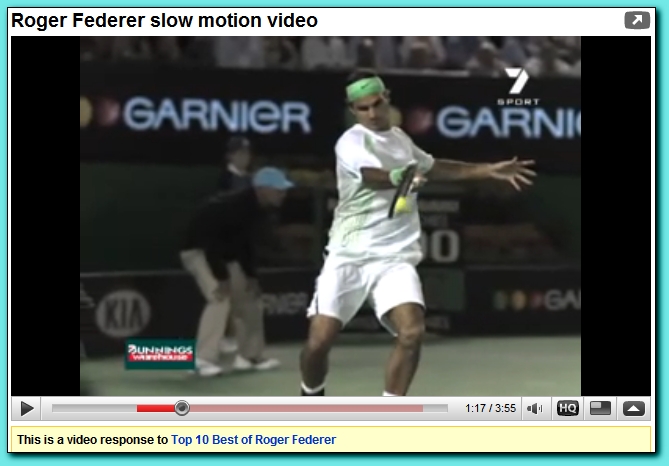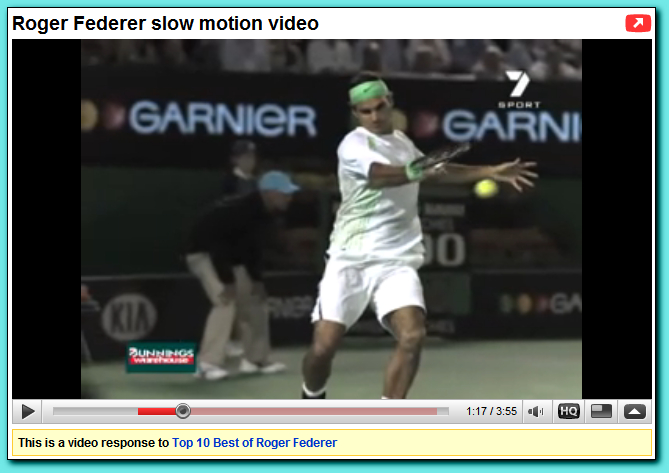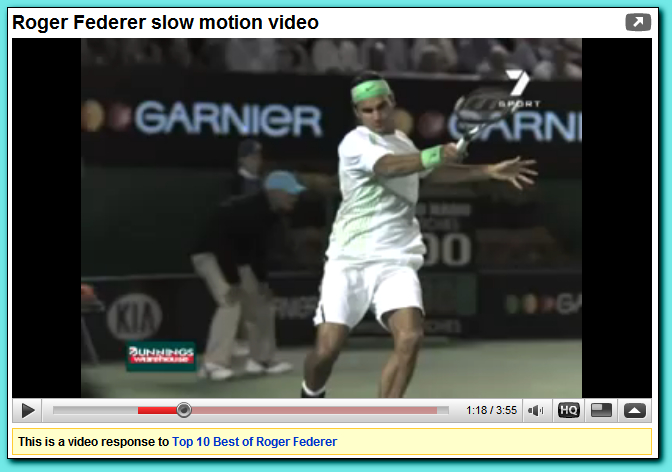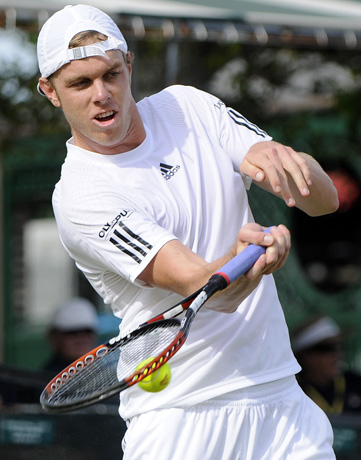Okay, so here's how wiping action works.
Try this experiment. When you initiate your forward swing, try to "force" your thumb to be completely parallel with your forearm through the entire forward swing. See what happens. If you know different kinds of FHs, try each one with this forced position. See what happens.
What happens is that your racquet face will always close well before you reach your normal contact point. If it's a closed stanced FH, the racquet face closes a little bit. If it's an over-the-shoulder finish, you'll see close to a 45 degree slant. If it's WW FH, you might frame the shot. In addition, you'll see that your wrist does not lay back much, if at all.
What the experiment does is repress your wrist/hands from ulnar flexion. Ulnar flexion is what keep the racquet face open while the forearm pronates during the forward swing. But not just pronation. The act of swinging across your body at anything but a perfect horizontal angle would also close the racquet face without radial deviation.
Ulnar flexion is also what causes wiping action. Or, you can put it this way, the radial deviation counteracts pronation and other motions from closing the racquet face. The more pronation (and "other stuff" there is, the more ulnar flexion is needed to keep the racquet face. As a result, the more wiping action you get. As a result, we can say that pronation increases wiping action, without necessarily closing the racquet face.
Moreover, ulnar flexion doesn't necessarily prevent the racquet face from maintaining a true 90 degrees angle with the ground. The total "arc" or "freedom" with radial deviation is dependent on the laid-back position of the wrist. The more laid-back, the radial deviation is allowed. Moreover, the more likely the racquet face will stay perfectly open. However, if a forward swing has enormous amounts of pronation, then the laid-back position of the wrist will significantly change. This is due to bone structure. You can verify this by laying back your wrist and then turning your forearm counterclockwise. You will find that, though your wrist is still laid back, the laid-back position becomes more neutral as you turn your forearm. Because Federer has so much pronation occurring and because he uses an Eastern grip (which puts the forearm in a more pronated position than, say, a Hawaiian grip), his racquet face does not have a 90 degrees angle at contact. In fact, if you were to experiment with your WW FH and use a continental grip, you will also find it difficult to maintain a perfect 90 degrees angle. Whereas if you use a strong Western grip, where the forearm starts at a more supinated position (thereby allowing the wrist more room to lay back), you will get a more square angle.
For the most part, there's nothing intentional done by Federer. It's just a reflection of how much wiping action he has in his stroke, and that he uses a fairly conservative grip.

